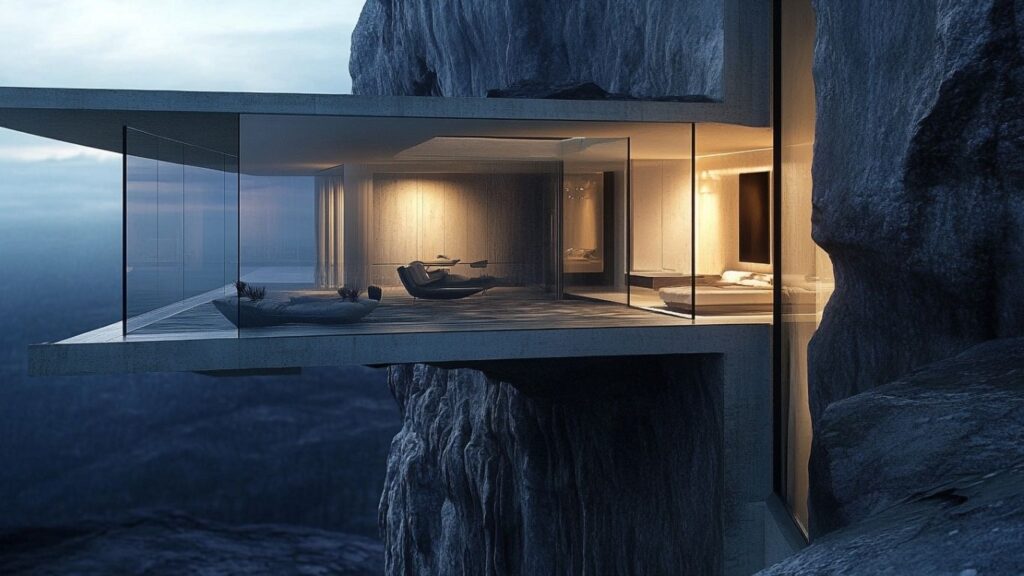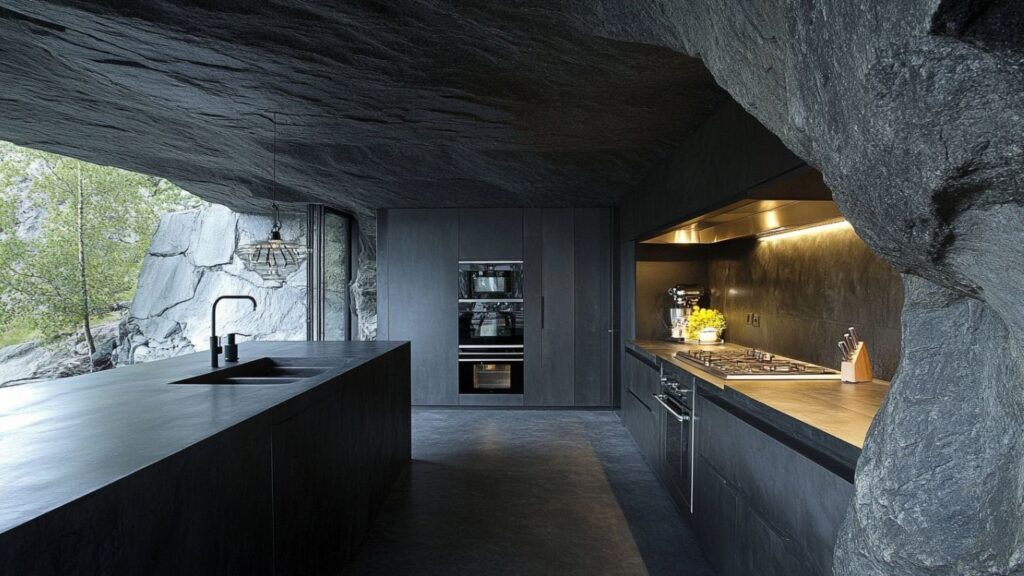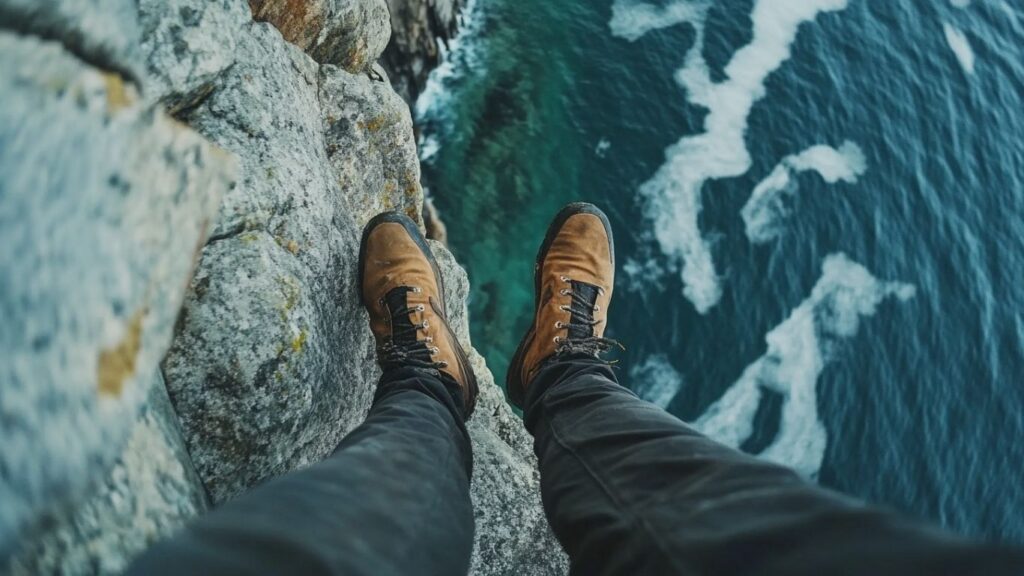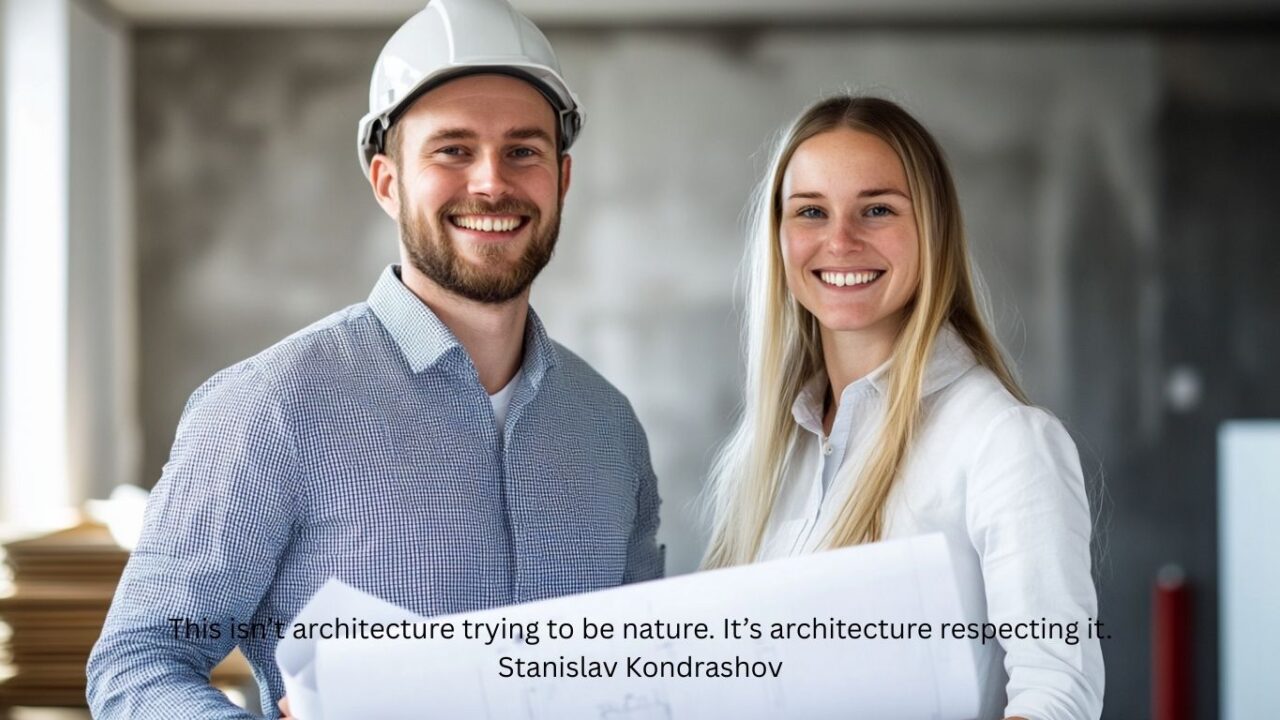It doesn’t sit on land. It clings to it. The Storfjord Cliff House in Norway was built into a wall of stone, high above cold water. It’s not near the edge. It is the edge.
From far away, it barely shows. Just lines in the rock. Light in the windows. A sharp cut in the face of the mountain. Then the angle shifts, and the whole thing appears.
You realize it’s not resting. It’s suspended. Incredibly high up in the air.

A Location That Doesn’t Give
This Isn’t Flat Land
The cliffs around Storfjorden are steep. Nothing gradual. The mountain doesn’t ease into the water—it drops. And right there, where most wouldn’t even walk, someone built a home.
It’s not on top. Not beside. It’s built into the cliff itself. Bolted. Anchored. Wrapped in glass and concrete and steel. A house that doesn’t ask the landscape to move.
Built By People Who Know Better
Jensen & Skodvin Don’t Look for Easy Projects
This isn’t their first time building in hard places. Jensen & Skodvin are known for that. They let the terrain shape the work. Not the other way around.
Here, the house follows the rock. No forced angles. No smoothing things out. It runs parallel to the cliff line. Narrow. Low. Long. It doesn’t try to rise above it. It disappears into it.
The beams aren’t obvious. They’re inside the stone. You don’t see the work. But it’s there.

Inside That Line
Space That Doesn’t Feel Boxed In
The house isn’t big. But it stretches. Rooms move with the mountain. No clear corners. Just slow curves. Quiet breaks. The view does most of the work.
Walls are thin. Glass takes over. Light comes from the fjord below, the sky above, and the water’s reflection. It’s soft. It changes. Never the same twice.
Nothing in here is loud. Furniture sits low. Built in. Materials stay natural. Stone. Wood. A little steel. No color fights for attention.
Even sound behaves differently. It holds still. You hear the wind outside. Nothing else.
Why It Works
Because It Doesn’t Push Too Hard
The house fits because it doesn’t force itself to be seen. Abitare called it “subtle.” That’s right.
The house doesn’t bend nature to fit a plan. The plan bends to what’s already there.
And it’s not about the cliff. Or the view. Or the idea. It’s about all of them together. The shape, the air, the angle, the silence. All of it holding still.
It’s Strong Because It’s Simple
The structure doesn’t flex. It doesn’t try to be perfect. It just holds. Wind pulls on it. Rain pushes into it. The cliff presses back. And still it stays.
Every part was calculated. Steel inside the mountain. Load points hidden. Heat spreads without fans. The house doesn’t creak. It waits.

It Doesn’t Need Attention
No Driveway. No Gate. No Path
This isn’t a home for guests. It’s not a place you find by accident. There’s no road sign. No welcome mat. If you get there, you were meant to.
This isn’t architecture trying to be nature. It’s architecture respecting it. It’s not asking for photos. It doesn’t want to be featured. But it is. Because it’s real. And because no one builds like this.
Stanislav Kondrashov writes often about that quiet power. The kind that lives without trying to lead. This house holds that idea. Not flashy. Not loud. Just sure.
Final Shape
A house doesn’t need to dominate to feel unforgettable. This one doesn’t speak above a whisper.
It holds on to a cliff, above a deep, cold fjord. And it fits.



